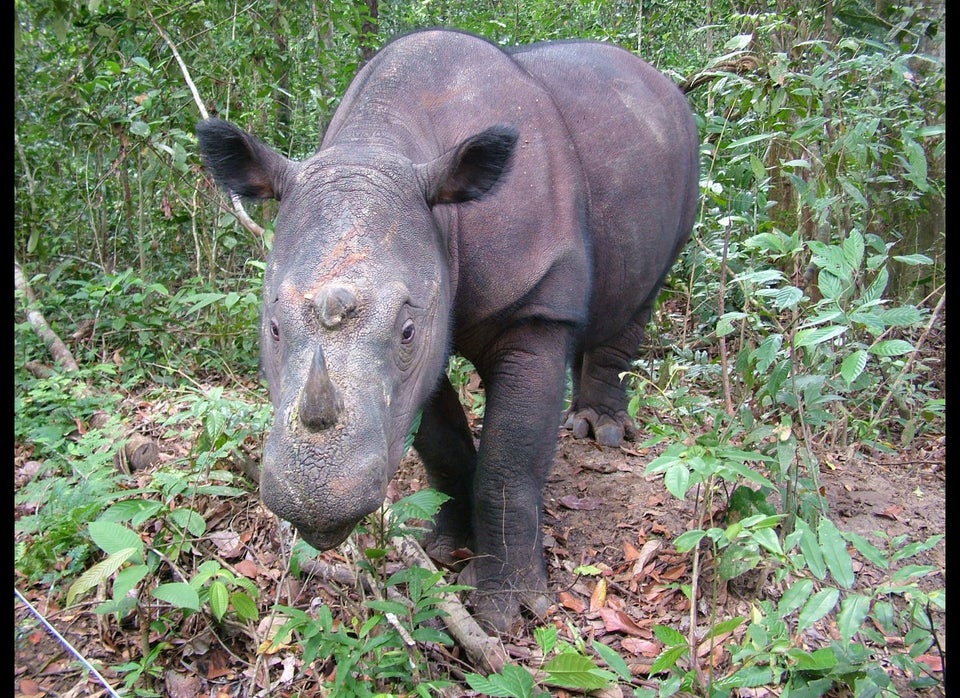Gray seals are giving birth to their young right now at an island located 19 miles off the coast of Maine -- and one wildlife camera is capturing the phenomenon. The Gray Seal Pupping Cam -- located at the Seal Island National Wildlife Refuge -- is lending scientists insight into behavioral patterns of gray seals.
“This cam will help us to do the near impossible -- observe the gray seal pupping process in the wild over a 60 day period of time from our phones, tablets and laptops,” NOAA scientist Dr. Stephanie Wood said in a press release. “It will also open the door to people around the world who want to watch nature unfold.” Scientists will also get a look into the lives of bald eagles, since they flock to the cold, harsh Atlantic island to feed on the seals' nutrient-rich placentas and embryonic sacs during the winter months.
The HD camera -- established by the National Audubon Society and Explore.org's Pearls of the Planet project -- streams live from 10 a.m to 2 p.m. Eastern Standard Time and offers live chats with Dr. Wood about gray seals. When it's offline, viewers can check out previously recorded clips or other Explore's animal cameras. Because this camera operates under a partnership with the Audubon Seabird Restoration Program -- also known as Project Puffin -- viewers can also watch Atlantic puffins, common terns and Arctic terns on the island from May-to-August each year.
The 300-pound gray seal females give birth to one pup each year during December and January on this 65-acre sanctuary -- the second largest gray seal colony in the United States. The pups weigh about 35 pounds at birth, but fatten quickly from their mother's milk, according to NOAA. Gray seals eat about four-to-six percent of their body weight each day in fish, crustaceans, squid and octopus.
They were once rare along New England waters due to extensive hunting, but the population has rebounded since the Marine Mammal Protection Act was enacted in 1972. Threats today include entanglement in fishing gear, chemical and plastic pollution and illegal hunting, according to Explore. The Seal Island National Wildlife Refuge is closed to the public.
CLARIFICATION: Language in this post has been amended to better reflect the location of Seal Island National Wildlife Refuge.
